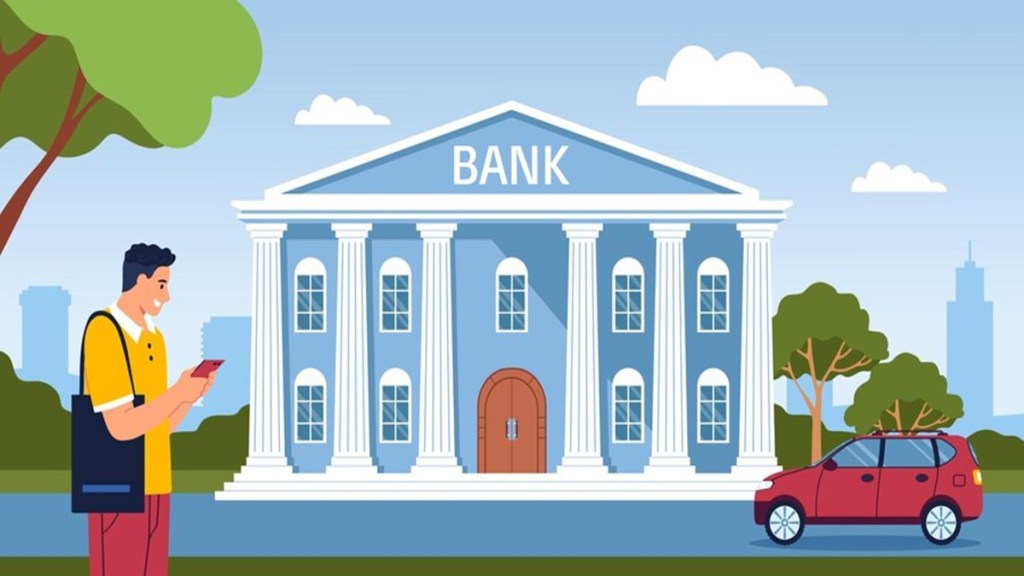In a clear signal towards protecting net interest margins at a time when deposit mobilisation has been difficult, top public sector banks are resorting to increasing interest rates for new loans.
Rate hikes to protect margins
For example, State Bank of India and Union Bank of India have increased their home loan rates by 25 basis points and 10 basis points (bps) last week. SBI has increased the rate at the upper end – the rate at which weaker credit profiles are lent – it has kept the lower end unchanged at 7.40% while Union Bank of India’s home loans will start from 7.45% (up to 10%). Others like Canara Bank and Bank of India are expected to review their rates later this month.
Currently, Bank of India provides a home loan at 7.35% for consumers with a CIBIL score of 840 and above, and at 10.10% for those with scores below 675. Canara Bank offers home loan rates for a loan amount up to Rs 50 lakh, ranging from 7.55% to 10.25%.
Industry experts said that move reflects the market reality that deposit mobilisation has been difficult, margins coming under pressure and a broader shift in risk appetite, as lenders grow more selective in the current environment.
“While incremental deposit rates are trending lower, the overall deposit costs remain high,” explains Karthik Srinivasan, Group Head, Financial Sector Ratings at ICRA. “PSU banks have been active in extending home loans in the recent past, and the measure to increase home loan rates could be a step to slightly moderate the growth in this segment and also protect their margins.”
The margins have also been under pressure. For the first quarter of FY26, 12 PSU banks reported an average net interest margin of 2.95% — down by 26 bps on year.
Focus shifts to stable borrowers
PSUs have continued to expand their loan books. According to credit bureau Experian, for Q1FY26, the market share of new origination home loans for PSU banks rose to 49%, compared to 41% in Q1FY25. At the end of March 2025, it was 47%. The AUM rose to Rs 38 lakh crore as on March 2025, as against Rs 33 lakh crore as on March 2024.
But some are playing it safe as well. Bank of India, for instance, is focusing its affordable housing portfolio on salaried borrowers, indicating a preference for stable income profiles over broader retail expansion.
“We have taken a very targeted approach to affordable housing by entering into MoUs with central and state governments, as well as public sector undertakings. This allows us to cater to the lower-income and mid-income salaried employees who need access to reasonably priced housing finance,” said Rajneesh Karnatak, MD & CEO, Bank of India, in a recent interview with FE. This focus on stable income profiles provides a sense of security about the bank’s lending practices.
Importantly, asset quality in the home loan segment remains stable. According to Experian, for FY25, the overall delinquencies in home loan for 90-plus days past due (DPD) declined to 0.2% from 0.3% for FY24. “We are not seeing any asset quality concerns as of now,” Srinivasan adds, reinforcing that the rate hikes are precautionary rather than reactive. The rate adjustment hints at PSU banks entering a phase of calibrated growth, balancing credit quality, pricing discipline and margin protection.
However, according to a report by Care Edge rating, housing finance companies are likely to see some increased stress in the affordable housing segment, with gross non-performing assets expected to increase to 1.6% from 1.4% in the previous year, while credit costs are seen rising to 0.4% from 0.3% mainly because of a relatively weaker borrower profile, especially in the self-employed segment.

